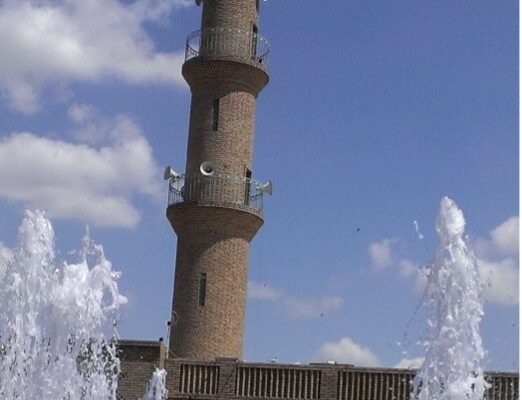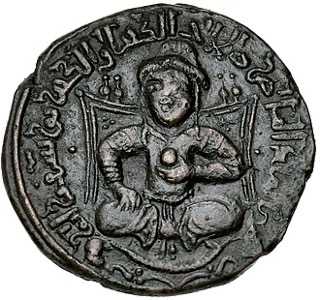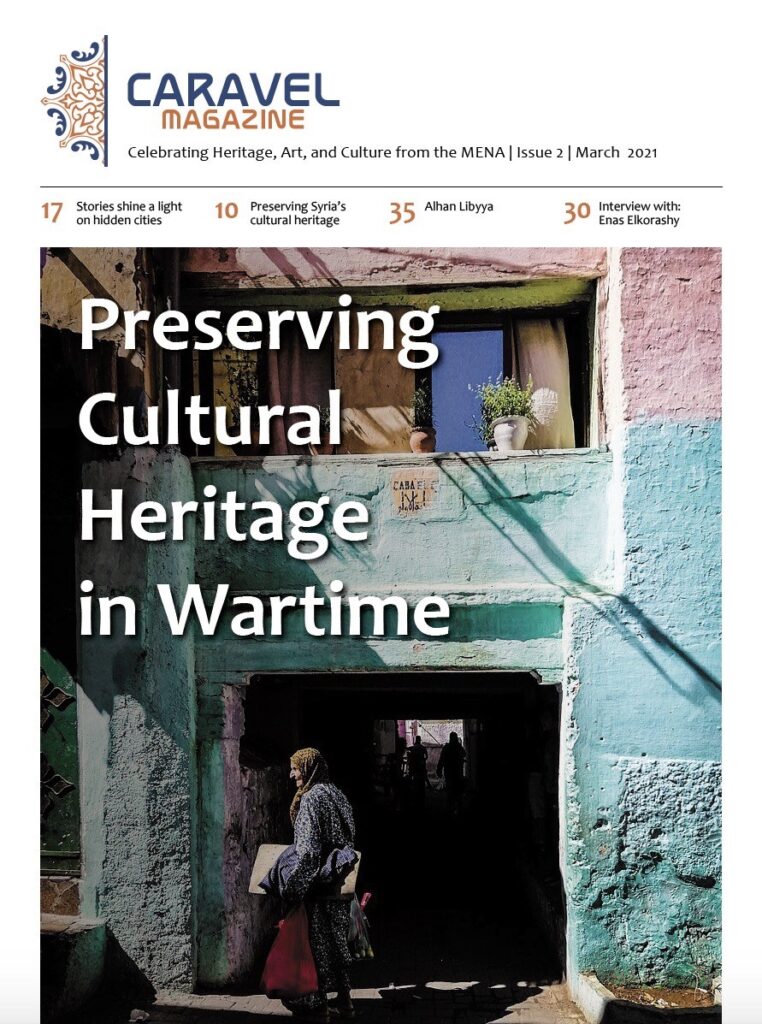By Dr. Farah Al-Hashimi
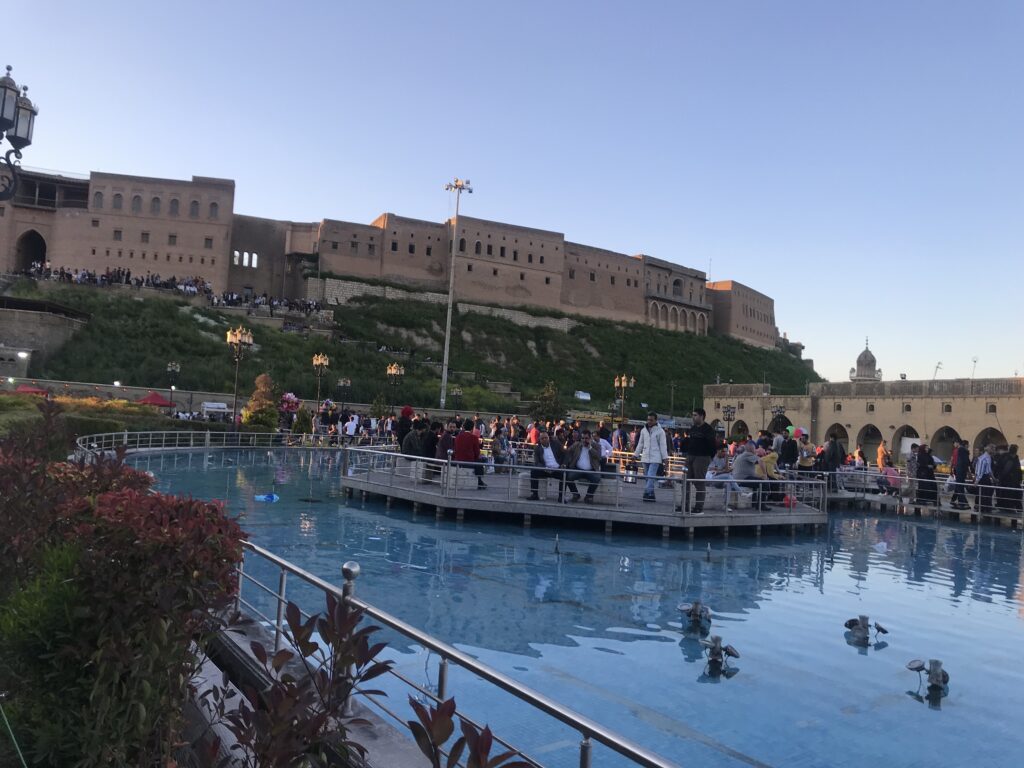
ERBIL, the capital of the Kurdistan Region in northern Iraq, epitomizes thousands of years of history.
It is is one of the Mesopotamian cities that is currently in what is now Iraq. This city has witnessed many changes and events that have affected its socio-cultural, economic and political formations as well as its urban morphology; specifically, after the second Gulf War of Iraq in 2003 when the economic situation of Erbil changed, that has led to a massive wave of investments.
Erbil’s traditional city is represented by the historic citadel, one of the oldest continuously inhabited cities in the world, and the traditional urban fabric surrounding the citadel and including the historic city centre – standing at the bottom of the citadel hill from its south part where the civic, religious, and commercial heart of the city – and residential areas.
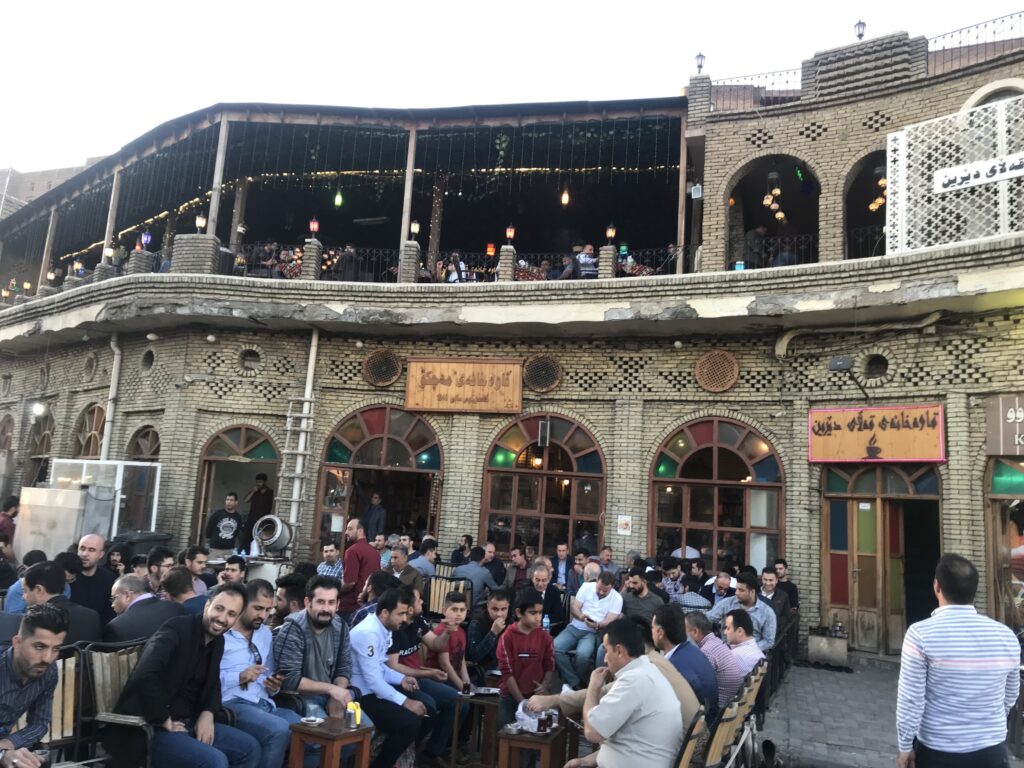
In 2014 the historic citadel was added to the list of UNESCO World Heritage Sites, after being placed on it as an Iraqi tentative list of World Heritage Sites in 2007 and since that time it has been undergoing a process of conservation.
Erbil (historically known as Arbail or Arbela) underwent a number of wars and events; it became a religious and political centre and was part of several empires. The first evidence of the existence of Erbil as an urban site appears in cuneiform sources of around 2300 BCE. The Czech archaeologist Karel Nováček believe that the settlement on the hill of Erbil (Erbil citadel) may reach as far back as the Neolithic period, but certainly to the Chalcolithic cultures (ca. 5000 – 3200 BCE).
Despite its significant background, the history of Erbil is known only through a series of vague and disconnected accounts and the questions of when, and in which era the city of Erbil was established and who built it, cannot yet be answered. The accuracy of research and written accounts of the history of Erbil throughout the ages is complicated due to three main obstacles. Firstly, there is a lack of detailed, inscriptions text, historical writings, or travellers’ tales before and after the arrival of Islam. Secondly, the governments from 1958 to 2003 put constraints upon excavation by local and foreign archaeologists. Thirdly, some historic areas underwent construction without prior investigation of the land below. In 2006, these difficulties started to diminish when collaboration between local and foreign archaeologists began.
What is now known for certain among historians and archaeologists is that the Erbil citadel is one of the oldest, continuously inhabited cities in the world.


